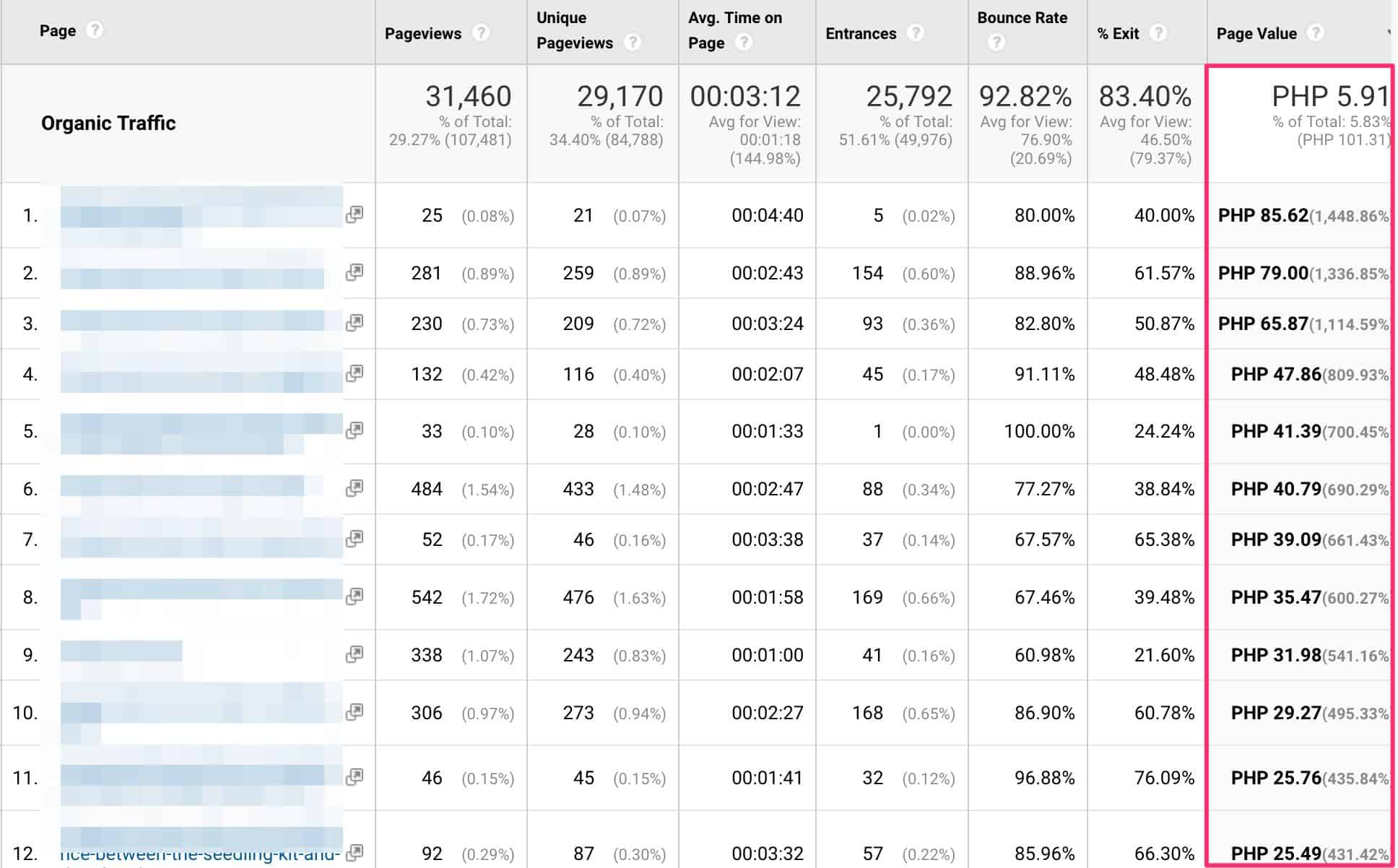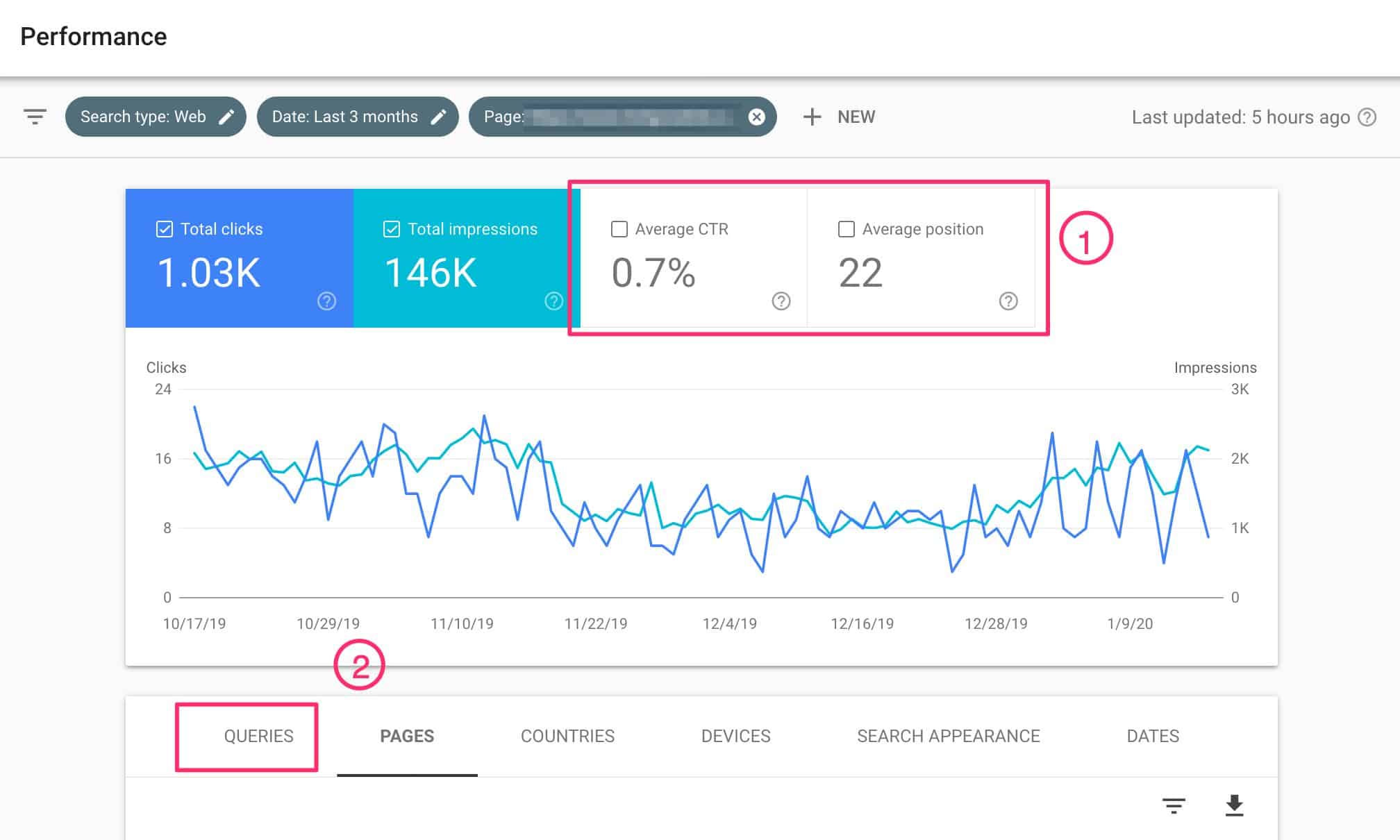Digital marketing is essential if you want your business to grow. It gives you more reach than you could ever have. It also removes the guesswork from the equation, that way, you don’t have to waste any of your limited resources.
If you want to grow your business, you have to use digital marketing. Period.
Sadly, a lot of businesses just create a Facebook account, sometimes a website, start posting pictures of their products, then call it a day. To the more tech-savvy ones, they have a nice-looking website that has a signup form that collects emails for them. Some dabble in advertising like Google Ads or Facebook. But that’s pretty much it. That’s what they call digital marketing.
While all these things fall under the realm of digital marketing, I’m sure you know that that approach is not effective. This is the biggest reason why they typically do not see any return on their investment nor see their business grow sustainably. And they blame digital marketing for this.
And that’s why they say, “Digital marketing won’t work for my business.”
Over the years, I’ve learned not to respond to this emotionally. I’ve learned that I can’t force people to believe in something they don’t want to believe in. As the saying goes, “when the student is ready, the teacher appears.”
If you’re serious about digital marketing and how it can help you grow your business sustainably, you have got to use these three FREE tools. And all you need is a Gmail account.
3 Digital Marketing Tools to Help You Grow Your Business
Google Analytics
You’ve no doubt have heard of Google Analytics (GA). It’s one of the most-used analytics/tracking software all around the world.
If you don’t have this installed on your website, you are wasting a lot of opportunities.
One of the most common excuses I hear from business owners on why they don’t have Google Analytics installed on their website is they just created a website. They don’t have much traffic anyway.
Well, how would you know you don’t have traffic in the first place?
Why Other Free Tools Don’t Match Up
Other software will give you basic analytics. But they are not as comprehensive as the one provided by GA. In fact, if you’re on the WordPress platform, you might have used or considered using JetPack. It offers site analytics plus some other cool features.
Unfortunately, it doesn’t give you an accurate report in terms of traffic.
I noticed this last month when I was optimizing my website for speed. I noticed that there are certain days where my traffic in JetPack spiked but remained low in Google Analytics.

When I asked WordPress support on this, they verified that they don’t block, nor have a way to block bots and crawlers.
To give you some background, what happened was every time I checked my speed on Google PageSpeed Insights or Pingdom, that traffic was counted by JetPack.
Using Bad Data Can Lead to Bad Results
Inaccurate data is misleading. If I use the data in JetPack to guide my plans and campaigns, that would have been disastrous. Granted, my current traffic isn’t that high, so it might not have an effect.
But imagine if you are getting 30k visits or more and when you dig in, more than half of that is coming from your own visits to your website. That’s definitely not something you want.

Regardless if your website is new or old, installing Google Analytics will only benefit you. Plus, if you install GA today and you only do very little digital marketing, in a year’s time, you would have gained a lot of data already from people visiting your website.
That data is priceless.
You can’t backtrack your data, meaning, if you only installed GA a year from now, you would only be able to capture data moving forward. All the data for the past year would have been lost. And that’s just an opportunity wasted.
Google Tag Manager
Google Tag Manager (GTM) is another free tool that allows you to implement new technologies on your website (or app). What I mean by that is you can easily add, remove, and modify code or tags without the need to learn how to code.
Allow me to explain.
If you want to add a chatbot on your website, you would only need to install a piece of code. Then, it will be live on your website. Or, let’s say you want to add a tracking software like Google Analytics…
<! – Global site tag (gtag.js) - Google Analytics -->
<script async src="https://www.googletagmanager.com/gtag/js?id=UA-12345678-9"></script>
<script>
window.dataLayer = window.dataLayer || [];
function gtag(){dataLayer.push(arguments);}
gtag('js', new Date());
gtag('config', 'UA-12345678-9');
</script>You’d need to add that tracking tag on all your pages.
Why You Need to Use Google Tag Manager
Without GTM, the only way to add tags is to add them manually, or through plugins.
This presents a couple of issues I discussed in another article:
- You’ll have to add them one-by-one to your website; or,
- Have someone else (developer/programmer) add it for you
- Which will take some time, especially, if you don’t have one in-house; so,
- You’d have to coordinate with multiple people, instead of doing the work; and
- That will inevitably lead to delays
But, if you’re using GTM, you only have to deal with that process once. Heck, you can even do it yourself. I’ve provided a step-by-step tutorial on how to add GTM to your website.
Once you added Google Tag Manager, you can now add/implement new and cool stuff on your website without the need to rely on other people. It’s faster and simpler. You get to test if something is working or not right away.
Assuming you have someone who can tweak and add the codes for you, it’s still better to add them via GTM because it automatically loads them asynchronously—which is very important if you want to make your website load faster.
Google Search Console
The last tool in your digital marketing arsenal should be Google Search Console (GSC), formerly called Google Webmaster Tools. It’s also one of the least known and, consequently, the least-used tool.

But it offers a lot that Google Analytics can’t provide:
- It tells you which pages are the most popular (which you can find in GA), but
- It also tells you the exact keywords/phrases that people used to find you
- Which among these keywords they clicked on; and
- Its position on Google
When you combine this with Google Analytics, you get a very powerful combination at your disposal.
How to Use Google Search Console with Google Analytics
Let’s use this example of an eCommerce client. Obviously, they want to earn more revenues. But they don’t want to just keep selling. They want to provide educational materials for their customers.
So, the first thing I did (which I won’t cover here in detail) is to setup goals in Google Analytics. These goals have a corresponding value. What happens is when people convert on those goals you set up, the pages the contributed to that conversion gets some value. Since this is an eCommerce client, the goal is an actual conversion or purchase.
Here’s what the reports looks like in Google Analytics that shows the page values—how much each page is worth.

You can then filter which pages contributed more to the conversion then optimize that further so you can get more conversions.
So, what I can do is take the highest converting page and look for that in Google Search Console. You can do that by logging in your account, then head over to the pages tab.

Then, you’ll see all the pages on your site. What you’ll want to do is look for that top-performing page (or any other page you’d like to optimize) and click on it.

Once you selected that particular page, GSC will refresh to only show data for that particular page.

Next, you’ll want to click on the CTR and average position at the top, then click on the queries to find out exactly which keywords people used to search for you and which ones they clicked on. You’d find something that looks like this…

With that, you now know exactly which keywords and phrases people used to find your site. One thing you can do with this data is to find the keywords that have high impressions but low click-through rates (CTR). What that means is people are finding your content, but they aren’t clicking on them.
That might mean they don’t find it relevant or it’s not comprehensive enough. So, what you do is add these keywords and phrases to your page’s headers and content. You also add it to your title and meta description.
Do this for your top-performing pages and they will continue to rise, get more traffic, and perform better.
Over to You
These three tools are all free. So, it doesn’t make sense that you don’t take advantage of them. You don’t need to be an expert in everything, nor have to spend so much just to compete in the digital marketing arena.
In order to succeed and grow your business, you only need to have the right tools to guide you in your decision-making process. That way, you won’t make the wrong assumptions, nor use inaccurate data in your plans.
If you need help setting up these tools on your website, feel free to reach out in the comments below.
